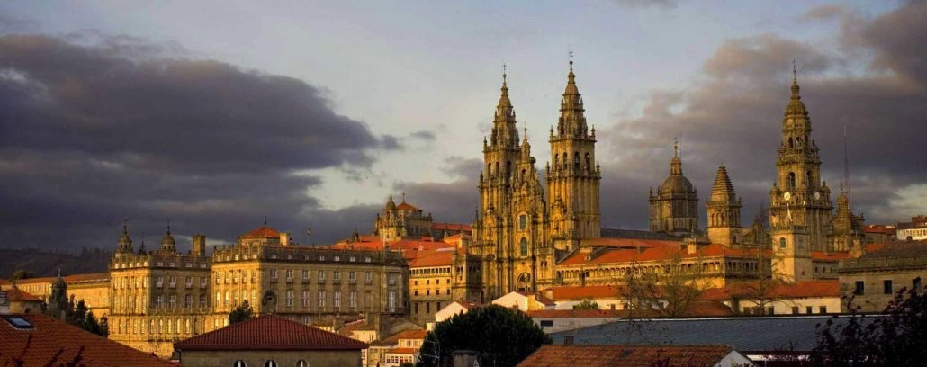Speaker
Description
A promising way to study the clustering and molecular like structures, even in neutron-rich light nuclei, is to explore the sensitivity of transfer reactions to the structure of the nuclei in the reaction entrance channel. Evolution of the clustering phenomena with the addition of neutrons in beryllium isotopes, from the $\alpha$-$\alpha$ two-center clustering in $^8$Be to the molecular like $\alpha$-Xn-$\alpha$ structures in $^{10}$Be and $^{12}$Be $[1,2]$, is an important benchmark to our understanding of the nuclear structure. Likewise, for neutron-rich boron isotopes the lithium-helium clustering is proposed to exist at higher excitation energies $[3]$, but still needs strong experimental investigation, as there are only a few experimental studies available to confirm the claim $[4,5]$. With the aim to study these structures experiment S1620 was performed at the ISAC-II facility at TRIUMF, using the $^9$Li beam and LiF target. Large solid angle array, comprised of six wedge shaped telescopes, each having 65 $\mu$m thick $\Delta$E and 1.5 mm thick E detector, both SSSSD, arranged in "lampshade" geometry, was used and the reaction products were identified using the standard $\Delta$E-E method. Many interesting decay channels of the neutron-rich light nuclei were populated in this reaction, the $^{12}$Be and $^{13}$B being preeminent as they could have been produced by either triton or alpha transfer to the $^{9}$Li beam. The observed cluster decays of the $^{10}$Be excited states to the $^4$He+$^6$He and $^4$He+$^6$He$^*$ pairs, the $^{12}$Be decays to the $^4$He+$^8$He, $^6$He+$^6$He and $^6$He+$^6$He$^*$ pairs, together with the cluster decays of the $^{13}$B excited states to the $^9$Li+$^4$He and possibly $^7$Li+$^6$He pairs will be presented and discussed. Results confirm known cluster states and provide strong indications for previously unobserved decay channels and cluster states, strongly supporting the existence of exotic clustering in these nuclei.
BIBLIOGRAPHY:
$[1]$ M. Freer, H. Horiuchi, Y. Kanada-En’yo, D Lee, U.G. Meißner: Reviews of Modern Physics 90 (3), (2018) 035004
$[2]$ Z.H. Yang et al. Phys. Rev. C, 91, (2015) 024304 and references therein
$[3]$ Y. Kanada-En'yo, Y. Kawanami, Y. Taniguchi, M. Kimura; Prog.Theor.Phys. 120, 5, (2008) 917–935
$[4]$ A. Di Pietro et al. J. Phys. Conf. Ser. 966 (2018) 012040
$[5]$ R. J. Charity et al. Phys. Rev. C 78, (2008) 054307
| Topic | Experiment |
|---|

